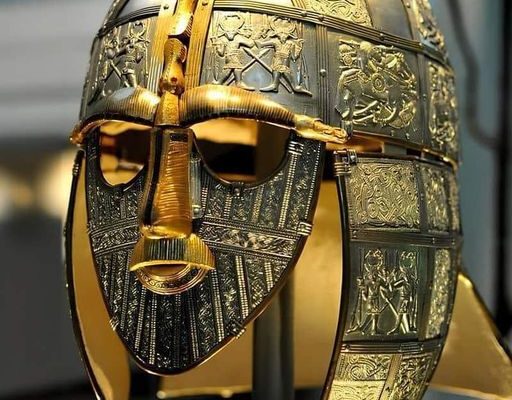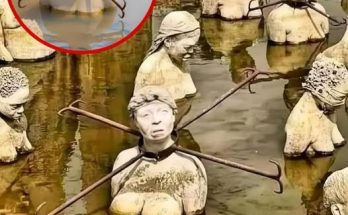Nestled near the village of Woodbridge in Suffolk, England, the Sutton Hoo burial site has long been recognized as one of the most significant archaeological discoveries in British history. Unveiled in 1939, this 7th-century ship burial revealed a treasure trove of artifacts, offering an extraordinary glimpse into the world of Anglo-Saxon royalty and their complex rituals surrounding death and the afterlife.

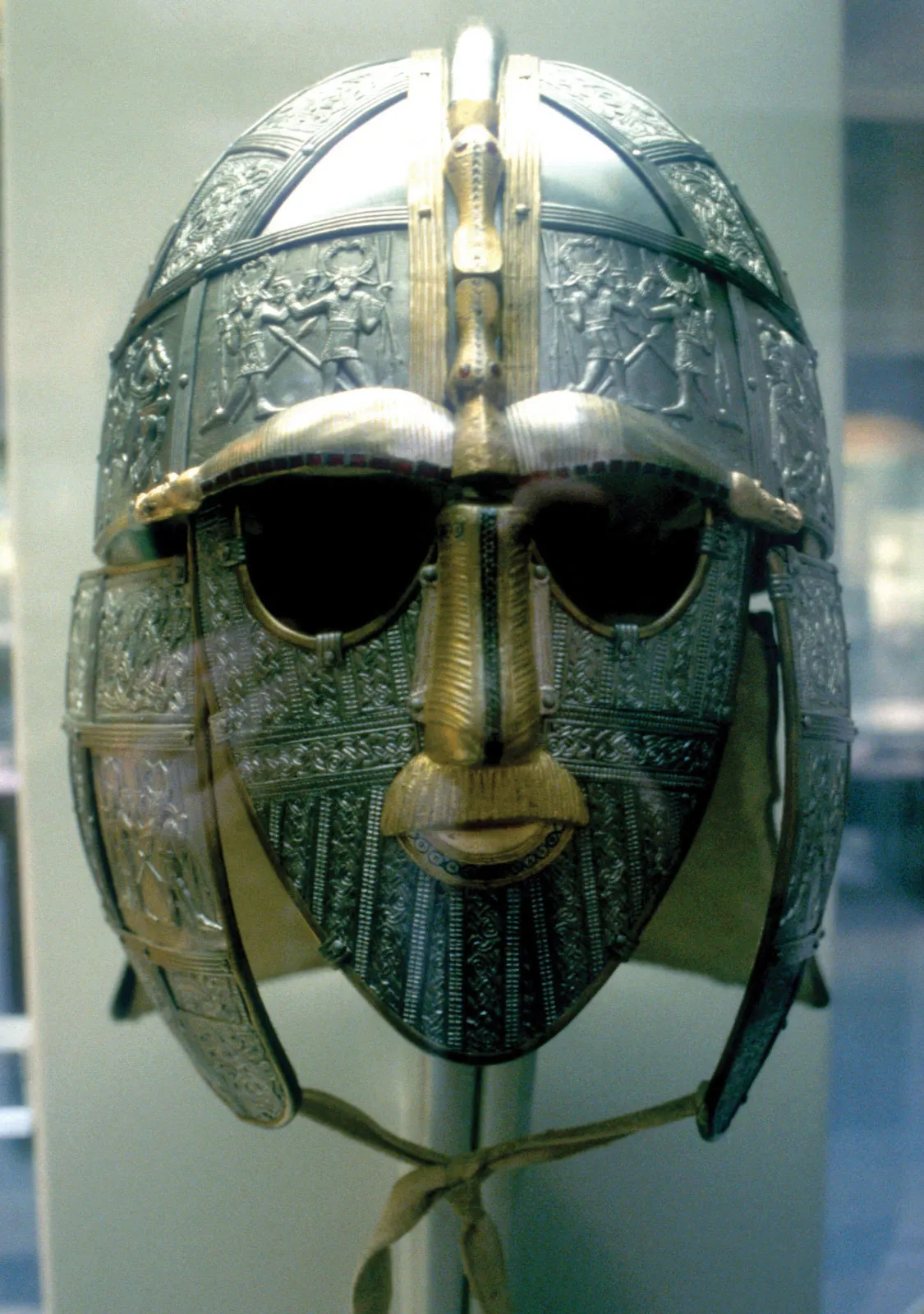 However, the burial site presents a tantalizing mystery: despite the rich collection of grave goods, there are no human remains. The acidic soil of the area has eroded any traces of bone, leaving archaeologists to puzzle over the identity of the person interred within the mound.
However, the burial site presents a tantalizing mystery: despite the rich collection of grave goods, there are no human remains. The acidic soil of the area has eroded any traces of bone, leaving archaeologists to puzzle over the identity of the person interred within the mound.
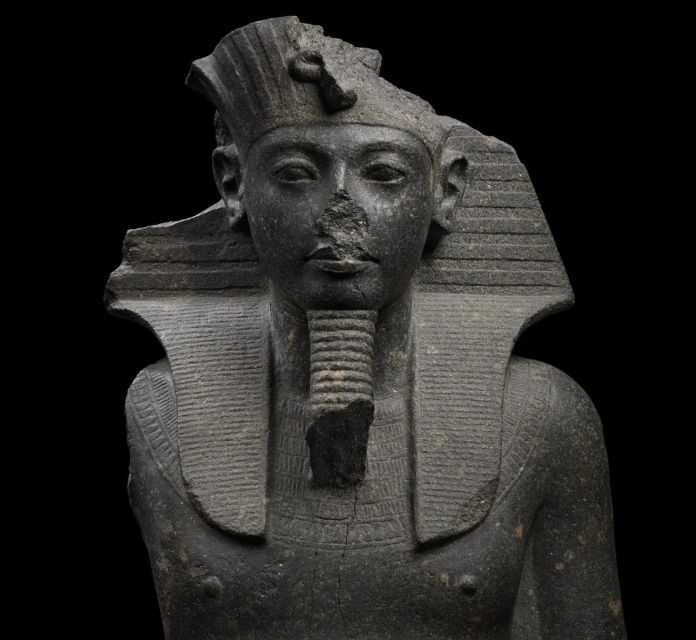 Many scholars have speculated that the tomb could belong to King Rædwald of East Anglia, a powerful ruler in the early 7th century. Yet, despite these theories, the lack of concrete evidence has left the true identity of the individual buried at Sutton Hoo shrouded in intrigue.
Many scholars have speculated that the tomb could belong to King Rædwald of East Anglia, a powerful ruler in the early 7th century. Yet, despite these theories, the lack of concrete evidence has left the true identity of the individual buried at Sutton Hoo shrouded in intrigue.
 “The absence of remains adds an element of mystery that only enhances the allure of the site,” says Dr. Jane Smith, an expert in early medieval England. “Sutton Hoo offers us an extraordinary window into the past, yet it raises questions that remain unanswered to this day.”
“The absence of remains adds an element of mystery that only enhances the allure of the site,” says Dr. Jane Smith, an expert in early medieval England. “Sutton Hoo offers us an extraordinary window into the past, yet it raises questions that remain unanswered to this day.”
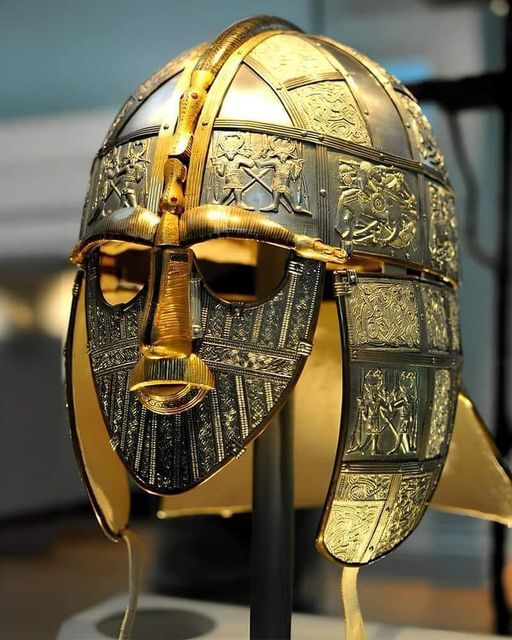
Sutton Hoo continues to captivate historians, archaeologists, and visitors alike. Its combination of exquisite craftsmanship and the unanswered question of the buried individual’s identity serves as a poignant reminder of the rich and complex tapestry of Anglo-Saxon England. As research at the site continues, new insights and revelations may yet emerge, further cementing Sutton Hoo’s place as a key to understanding the dawn of England’s medieval history.
